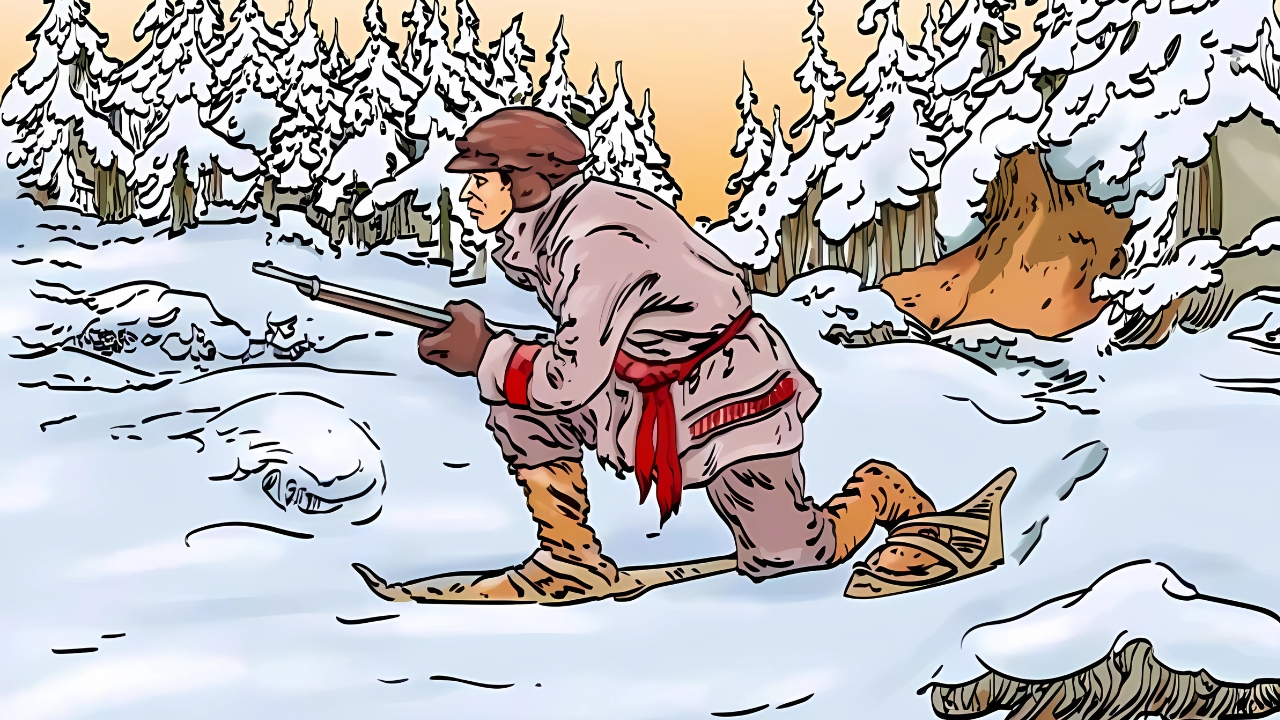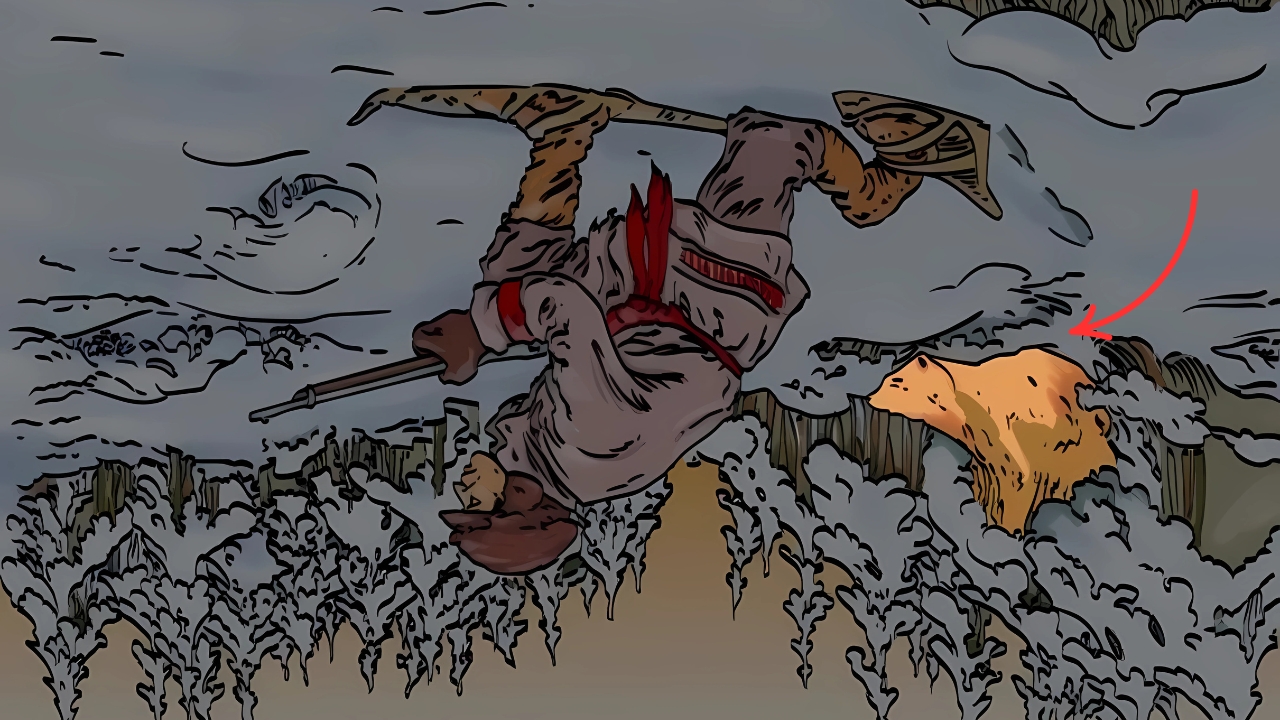Finding the Hidden Bear: Optical illusions challenge our brain’s ability to process visual information, revealing fascinating insights about human perception. Today, I’ll walk you through an intriguing visual puzzle that tests your observational skills and cognitive processing speed – finding a hidden bear in just 3 seconds.
The Science Behind Visual Puzzles
Our brains process visual information through complex pathways that involve pattern recognition, spatial awareness, and cognitive processing. When faced with camouflaged or hidden objects, our visual system must work harder to distinguish the target from its surroundings.
These challenges engage multiple brain regions simultaneously, including the occipital lobe (primary visual processing), parietal lobe (spatial relationships), and frontal areas (decision-making and focus). The speed at which we can solve these puzzles often reflects our cognitive efficiency and visual acuity.
The Hidden Bear Challenge
The challenge is simple yet revealing: locate a bear hidden within a complex visual scene in just 3 seconds. This time constraint adds pressure and introduces an element of cognitive performance measurement. Those who can quickly identify the concealed bear demonstrate exceptional pattern recognition abilities.
What makes this particular challenge difficult is how the bear is cleverly integrated into its surroundings. The creator has used similar colors, textures, and distraction elements to camouflage the bear, making it blend seamlessly into the background.
Why Some People Find It Instantly

Interestingly, approximately 15% of people can spot the hidden bear almost instantly. This rapid recognition occurs because:
- Their visual processing systems are particularly attuned to detecting animal shapes, likely an evolutionary advantage from our hunter-gatherer past.
- They possess stronger “global processing” abilities – seeing the big picture rather than focusing on individual details.
- Their brains filter visual noise more efficiently, allowing them to identify meaningful patterns more quickly.
Strategies for Success
If you’re struggling to find the bear within the time limit, try these approaches:
- Scan systematically: Rather than randomly searching the image, divide it into sections and scan each area methodically.
- Look for distinctive features: Bears have recognizable shapes – rounded ears, a distinctive snout, and a bulky body. Focus on identifying these characteristics.
- Adjust your perspective: Sometimes looking at the image from a different angle or distance can reveal patterns that weren’t immediately apparent.
- Relax your focus: Paradoxically, staring too intently can cause “visual fatigue.” Try softening your gaze to allow your peripheral vision to detect patterns.
The Cognitive Benefits of Visual Puzzles
Regular engagement with visual challenges like this provides substantial cognitive benefits:
- Enhanced attention to detail: Training your brain to find hidden elements improves overall observational skills.
- Improved visual processing speed: Consistent practice can increase how quickly your brain processes and interprets visual information.
- Better pattern recognition: You’ll become more adept at identifying meaningful patterns amid visual noise.
- Cognitive flexibility: These puzzles encourage looking at problems from multiple perspectives, a valuable skill in many real-world situations.
The Solution Revealed
If you’ve been searching for the hidden bear without success, don’t worry – you’re not alone. The bear is actually cleverly disguised within the texture of what appears to be a forest scene. The creator used similar colors and strategic placement to make the bear blend in with its surroundings.
The bear’s outline can be found in the central portion of the image, where the contours of trees and shadows create its silhouette. If you rotate your perspective slightly, the bear’s profile becomes more apparent – showing a side view with its distinctive snout and rounded ear visible against the background.
Beyond Entertainment: The Value of Visual Puzzles
These challenges aren’t merely entertaining – they serve as valuable tools for cognitive assessment and development. Researchers use similar visual tasks to evaluate attention, perception, and cognitive processing in both clinical and educational settings.
For children, such puzzles can promote visual literacy and cognitive development. For adults, they provide mental exercise that may help maintain cognitive flexibility as we age.
Creating Your Own Visual Challenges
Inspired to create your own hidden object puzzles? Consider these principles:
- Start with contrast: Use color, texture, and shape similarities to create effective camouflage.
- Consider the difficulty level: Too easy isn’t engaging; too difficult becomes frustrating.
- Test your creation: Have others try your puzzle to gauge its difficulty and enjoyment factor.
The Broader Context of Visual Perception
Our ability to solve these puzzles connects to broader aspects of how humans process visual information. The same neural mechanisms that help us find hidden bears in puzzles also allow us to:
- Recognize faces in crowds
- Spot potential dangers in our environment
- Identify food sources in nature
- Navigate complex visual landscapes
This evolutionary heritage makes visual puzzles particularly engaging for our brains – they tap into ancient neural pathways that were crucial for survival.
Optical Illusion Answer

Visual puzzles like the hidden bear challenge offer a fascinating glimpse into our cognitive processes while providing enjoyable mental exercise. Whether you found the bear in three seconds or took a bit longer, engaging with such challenges helps maintain and potentially improve your visual processing abilities.
Next time you encounter a visual puzzle, remember that the journey of searching is often as valuable as the moment of discovery. Each attempt strengthens neural pathways and enhances your overall visual literacy.
So, did you find the bear within three seconds? If not, don’t be discouraged – keep practicing with similar puzzles, and you’ll likely see improvement in your visual processing speed and accuracy over time.